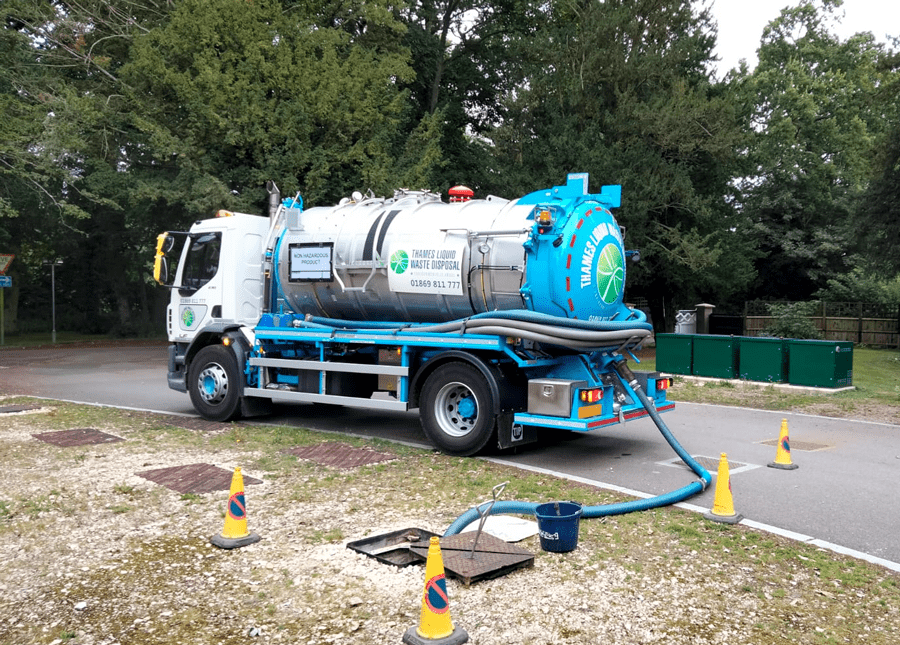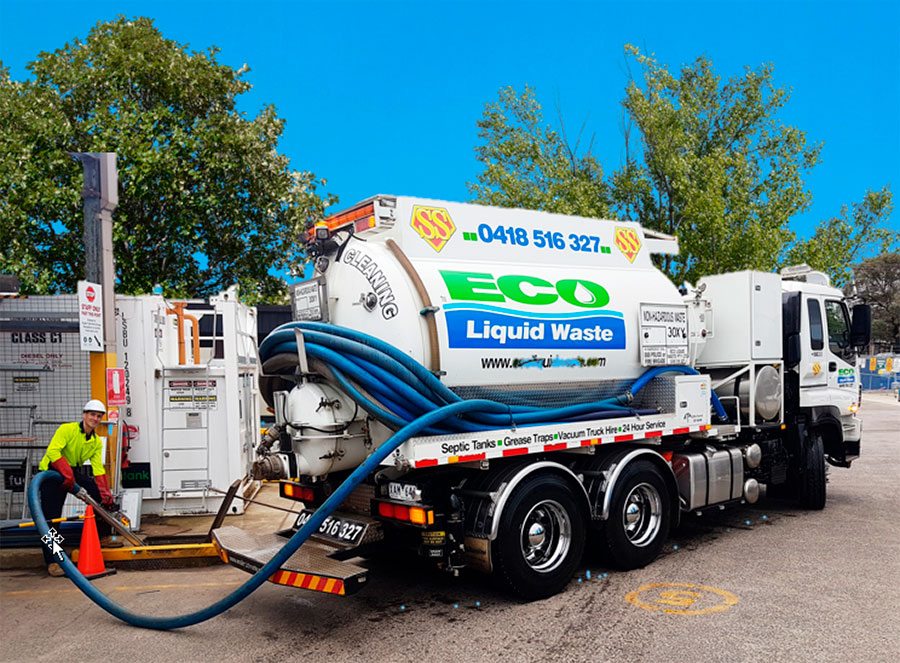Unknown Facts About Reclaim Waste
Table of Contents4 Simple Techniques For Reclaim WasteThe smart Trick of Reclaim Waste That Nobody is DiscussingOur Reclaim Waste Diaries6 Simple Techniques For Reclaim WasteSome Known Incorrect Statements About Reclaim Waste
Domestic sewer waste refers to the waste and products from a residential septic storage tank. The appropriate management and disposal of domestic sewer waste call for liquid waste to be transferred to a sewage treatment plant where the appropriate methods and tools are used to detoxify and dispose of waste.
Industrial waste frequently consists of possible dangers, such as combustible products or a mixture of liquid and strong waste products, and calls for a much more sophisticated and thorough disposal procedure. The disposal of commercial waste generally entails the filtration of waste before transport to guarantee secure and correct disposal. Hazardous waste is created from by-products and runoff of industrial procedures and production.
This kind of waste can not utilize the same sewer management transport or processes as septic or commercial liquids. The industrial waste monitoring procedure requires the evaluation and screening of fluid waste before it undergoes the disposal process (industrial wastewater treatment). Runoff waste is the liquid waste that originates from overflow and excess stormwater in highly populated locations or cities
Overflow waste can trigger contamination and flooding if not taken care of appropriately. Making sure appropriate waste management can prevent catastrophes and minimize ecological injury.
See This Report on Reclaim Waste
Contact PROS Providers today to discover our waste administration and disposal solutions and the proper ways to take care of the liquid waste you create.
(https://fliphtml5.com/homepage/kekhp)This supposed 'wastewater' is not just an important resource however, after therapy, will certainly be launched to our land, rivers or the sea. Used water from commodes, showers, baths, kitchen area sinks, laundries and industrial procedures is known as wastewater.

water made use of to cool equipment or clean plant and devices). Stormwater, a type of wastewater, is runoff that moves from agricultural and urban locations such as roofing systems, parks, gardens, roads, courses and rain gutters right into stormwater drains, after rain. Stormwater streams neglected directly to regional creeks or rivers, at some point getting to the sea.
Reclaim Waste Fundamentals Explained
In Queensland, many wastewater is treated at sewer treatment plants. Wastewater is delivered from domestic or commercial sites via a system of sewage systems and pump stations, known as sewerage reticulation, to a sewer treatment plant.
The Division of Natural Resources encourages city governments about managing, operating and preserving sewage systems and therapy plants. In unsewered areas, city governments might call for homeowners to install private or house sewer treatment systems to deal with residential wastewater from commodes, kitchens, shower rooms and washings. The Department of Natural Resources authorizes the use of home systems when they are proven to be reliable.
A lot of stormwater receives no treatment. In some brand-new subdivisions, therapy of some stormwater to remove litter, sand and gravel has started using gross pollutant traps. Wastewater treatment takes place in 4 stages: Eliminates strong matter. Bigger solids, such as plastics and other things mistakenly released to sewers, are removed when wastewater is gone through screens.
Wastewater after that moves into big containers where solids settle and are gotten rid of as sludge. Grease and scum are skimmed from the surface area. Makes use of pop over to this site tiny living organisms referred to as micro-organisms to break down and remove continuing to be dissolved wastes and great fragments. Micro-organisms and wastes are incorporated in the sludge. Removes nitrogen and phosphorus nutrients that might create algal blossoms in our rivers and intimidate marine life.
Reclaim Waste Fundamentals Explained
Nutrient removal is not readily available at all sewer therapy plants due to the fact that it requires pricey specialized tools. Clear liquid effluent created after treatment might still include disease-causing micro-organisms - liquid waste removal melbourne.

Many wastewater flows into the sewerage system. Under the Act, regional governments carry out authorizations and licences for eco pertinent tasks (Periods) involving wastewater releases that could have a local influence.
An Unbiased View of Reclaim Waste
Surveillance supplies factual info regarding water high quality and can confirm that licence problems are being fulfilled. The information gotten with tracking provides the basis for making water top quality decisions.